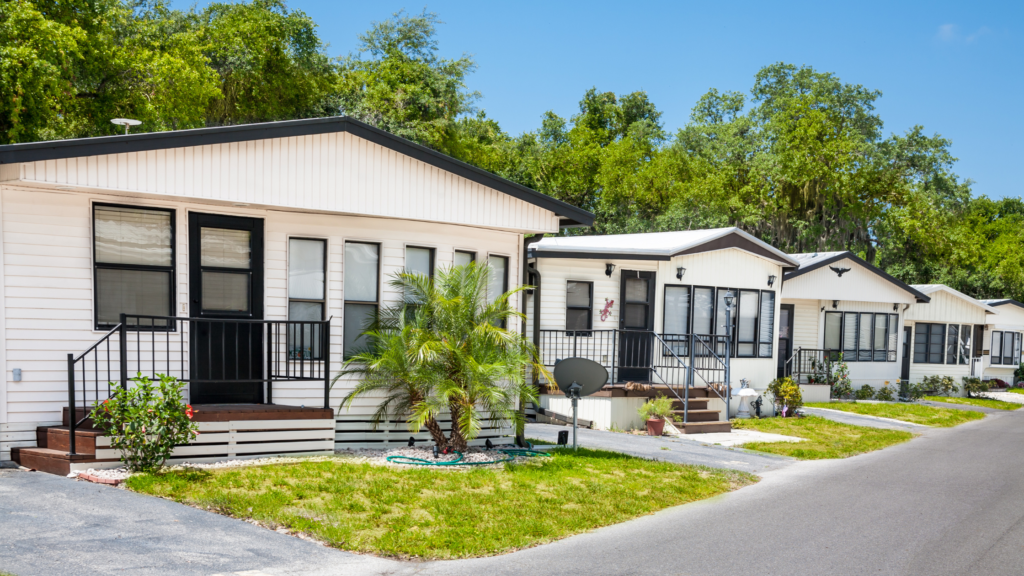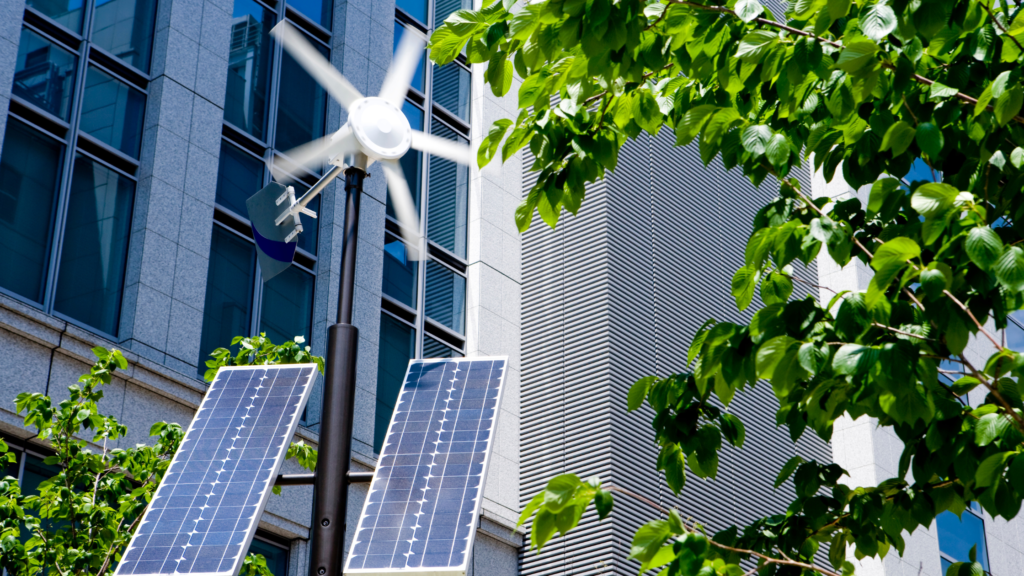Wind Energy Development for a Sustainable Future
Wind energy development represents a pivotal step toward achieving sustainable energy goals. By harnessing wind power, organizations like Bottom Billion Corporation can support environmental stewardship, create economic opportunities, and contribute to global efforts to reduce reliance on fossil fuels. This article highlights the benefits, challenges, and future trends of wind energy, underscoring its potential to drive sustainable growth and empower communities. The Growth of Wind Energy The global expansion of wind energy capacity over the past decade has been remarkable. According to the Global Wind Energy Council (GWEC), the world’s installed wind power capacity reached over 743 gigawatts (GW) by the end of 2020, marking a significant increase from just 94 GW in 2007. This growth has been driven by a combination of supportive government policies, technological advancements, and a sharp decline in the cost of this energy production. Key Drivers of Growth Regional Analysis The growth of wind energy is not uniform across the globe. Some regions have emerged as leaders in the development due to favorable geographic conditions, strong policy support, and significant investments. Technologies Advancing Wind Energy Wind energy technology has evolved significantly over the years, leading to increased efficiency, reliability, and scalability. Two primary categories of this technology are onshore and offshore wind farms. Onshore Wind Farms Onshore wind farms are the most common type of wind energy installation. They are typically located in areas with high wind speeds and open spaces, such as plains and coastal regions. Advances in turbine design have made onshore wind farms more efficient and capable of generating power even at lower wind speeds. Offshore Wind Farms Offshore wind farms are located in bodies of water, usually on continental shelves where the wind is stronger and more consistent than on land. Offshore wind turbines are generally larger and more powerful than their onshore counterparts. The development of floating wind turbines is a recent innovation that allows for the installation of turbines in deeper waters, further expanding the potential for offshore wind energy. Innovations in Wind Turbine Design Economic and Environmental Benefits Wind energy offers a range of economic and environmental benefits that make it an attractive option for sustainable development. These benefits are particularly relevant for organizations like Bottom Billion Corporation, which focuses on empowering underserved communities and promoting sustainable practices. Economic Benefits Environmental Benefits Challenges in Development Despite the numerous benefits, wind energy development faces several challenges that need to be addressed to ensure its continued growth and sustainability. Intermittency and Grid Integration Wind energy is an intermittent resource, meaning that it is not always available when demand for electricity is high. This intermittency can pose challenges for grid operators who need to balance supply and demand. To address this issue, advances in energy storage technologies, such as batteries, are being developed to store excess wind energy for use during periods of low wind. Land Use and Community Concerns While wind farms occupy relatively little land, they can still face opposition from local communities due to concerns about noise, visual impact, and the effects on property values. Engaging with communities early in the planning process and ensuring that wind energy projects provide tangible benefits, such as local jobs and revenue-sharing agreements, can help mitigate these concerns. Wildlife Impact The impact of wind turbines on birds and bats is a significant concern in some regions. However, research and technology are helping to reduce this impact. For example, advancements in turbine design and the development of radar-based systems can help detect and prevent collisions with wildlife. Regulatory and Permitting Challenges The regulatory environment for this development can be complex, with permitting processes that vary widely between regions. Streamlining these processes and ensuring that they are consistent and transparent can help accelerate the deployment of projects. The Future of Wind Energy Several trends are likely to shape the wind energy landscape in the coming years with continued advancements in technology, supportive policies, and growing public and private investment. Offshore Wind Expansion Offshore wind is expected to play an increasingly important role in global energy systems. With stronger and more consistent wind speeds, offshore wind farms have the potential to generate significant amounts of power. Countries such as the United Kingdom, China, and the United States are leading the charge in offshore wind development, with ambitious targets for expanding their offshore capacity. Floating Wind Turbines Floating wind turbines are an emerging technology that allows for the deployment of wind farms in deeper waters where traditional fixed-bottom turbines are not feasible. This innovation opens up new areas for wind energy development, particularly in regions with deep coastlines. Floating wind farms are expected to become commercially viable within the next decade, further expanding the potential of wind energy. Hybrid Energy Systems The integration of wind energy with other renewable energy sources, such as solar and hydropower, is a trend that is gaining momentum. Hybrid energy systems can provide a more stable and reliable power supply by combining the strengths of different energy sources. For example, wind and solar power are often complementary, with wind energy production peaking at night and solar during the day. Digitalization and AI The digitalization of wind energy is transforming how wind farms are managed and operated. Artificial intelligence (AI) and machine learning are being used to optimize turbine performance, predict maintenance needs, and enhance grid integration. Digital twins, virtual models of wind turbines, allow operators to monitor and simulate turbine performance in real-time, leading to increased efficiency and reduced downtime. Investment in Emerging Markets Emerging markets in Africa, Asia, and Latin America are expected to see significant growth in wind energy investment. These regions have vast untapped wind resources and are increasingly looking to renewable energy to meet their growing energy demands. International cooperation and financing will be key to unlocking the potential of wind energy in these markets. Wind energy stands at the forefront of the renewable energy revolution, offering economic growth, environmental protection, and energy security. Despite challenges such as intermittency and regulatory hurdles, advancements in technology and
Wind Energy Development for a Sustainable Future Read More »










